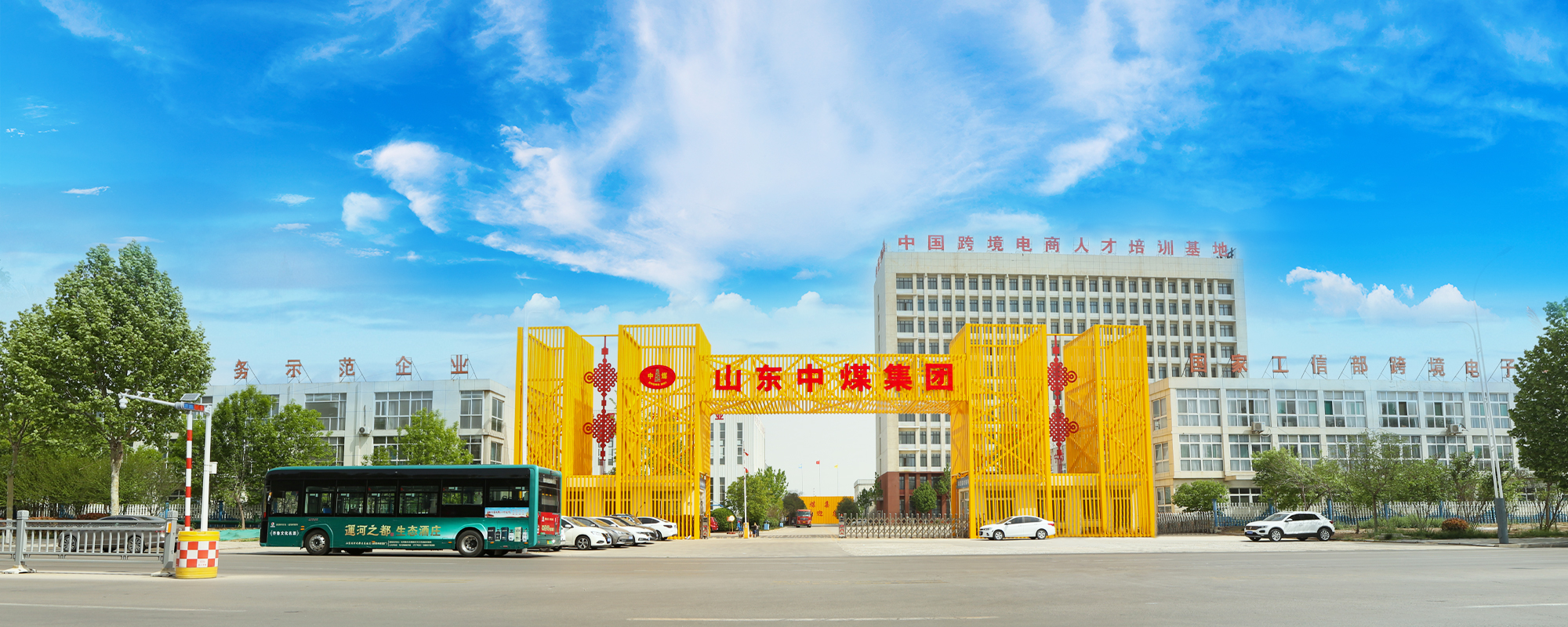
Shandong China Coal
Industrial & Mining Supplies Group Co., Ltd.
+86-17753785400 contact@chinacoalintl.com


Drying is the necessary result of harvesting operations, and the harvested grain usually has to be dried before storage. Traditional drying methods mostly use solar energy as heat source, and use patio, sunshine field or road as the place of rice drying. Although this drying method has been used for many years, it requires a lot of labor and is greatly affected by the weather.
At present, all the rice drying operations have been carried out by means of artificial mechanical drying, using diesel oil as fuel. Generally speaking, there are two types of dryer: box type and circulation type. The former belongs to the early model, although it can be disassembled, but because the drying rate is slow and the drying quality is not easy to uniform, it has gradually been replaced by the latter. At present, the drying centers implemented by farmers'associations or private grain merchants are mainly composed of circulating dryers, which are composed of many units.
The principle of circulating dryer is thin layer drying, which can produce uniform rice quality with the theory of intermittent drying. The drying principle of this type is to divide the dryer into upper and lower parts. The upper part is called homogenization bin. In fact, it is only a temporary storage bin with large capacity; the lower part is the drying part. The wet grain in the drying process can produce water transfer and homogenization in the homogenization bin. The so-called homogenization is that the high moisture region in the center of grain produces water flow through the existing water gradient or water pressure difference, and the internal high moisture diffuses outward. After the wet valley of the upper homogenizer passes slowly, it enters the drying section by means of its gravity. The drying part is formed by many narrow air permeable channels. Because the thickness is only about ten centimeters, the hot air can easily pass through the grain layer, so the drying is fast. The grain that passes through the drying section is returned to the homogenization bin, so that it starts again and again until it is completely dried.
In the process of promoting dryer in China, the government's guidance policy plays a very important role. In the early stage of popularization, new farm machinery subsidies were introduced to enable farmers to purchase and use them. Because the dryer can only be used twice a year, the effect of small farm households is not good and the investment is large. To this end, the latter is the object of subsidies from the non-governmental to drying centers and groups of farmers'associations. At the beginning, the farmers'associations did not have much confidence in setting up drying centers. The main reasons are as follows: firstly, in principle, the grain administrative units mainly harvested dry valleys, but did not encourage the wet valleys harvested at that time; secondly, the farmers' associations did not have professionals to operate drying centers, and the farmers'associations did not dare to intervene rashly.
For these reasons, even if the government had deliberately selected dozens of model farmers'associations to set up this type of dryer, the performance was poor and the frequency of use was not high. Setting up drying centers in rural areas requires not only corresponding funds, but also considerable land to set up factories, so the center itself also needs to buy land. For the latter, some drying centers do not suffer because land investment is an asset of drying centers. But for the operation of drying centers, it is a considerable challenge to serve farmers in the future.
All of the above is shared today. I hope I can help you. Welcome to leave comments and make suggestions.